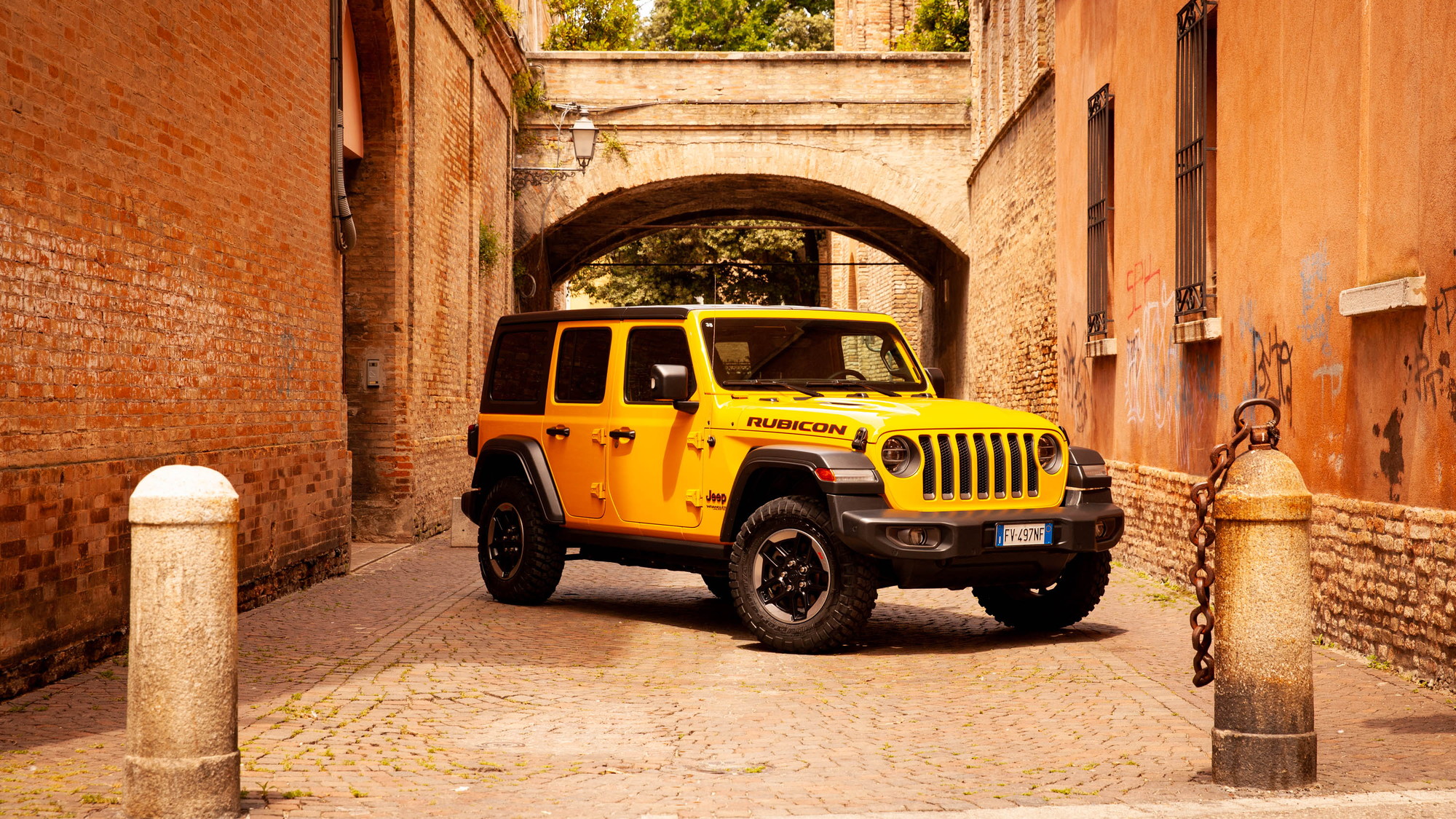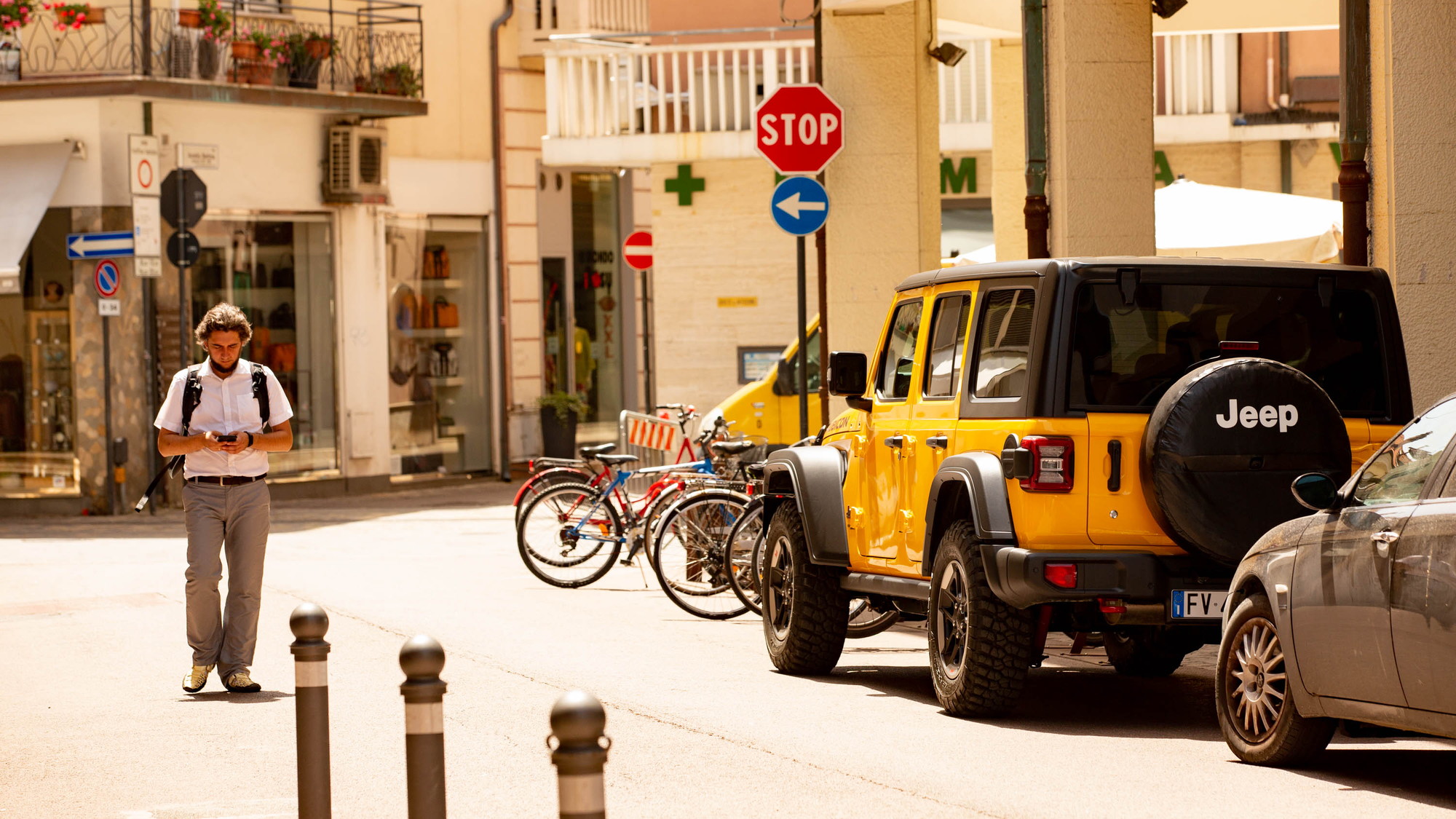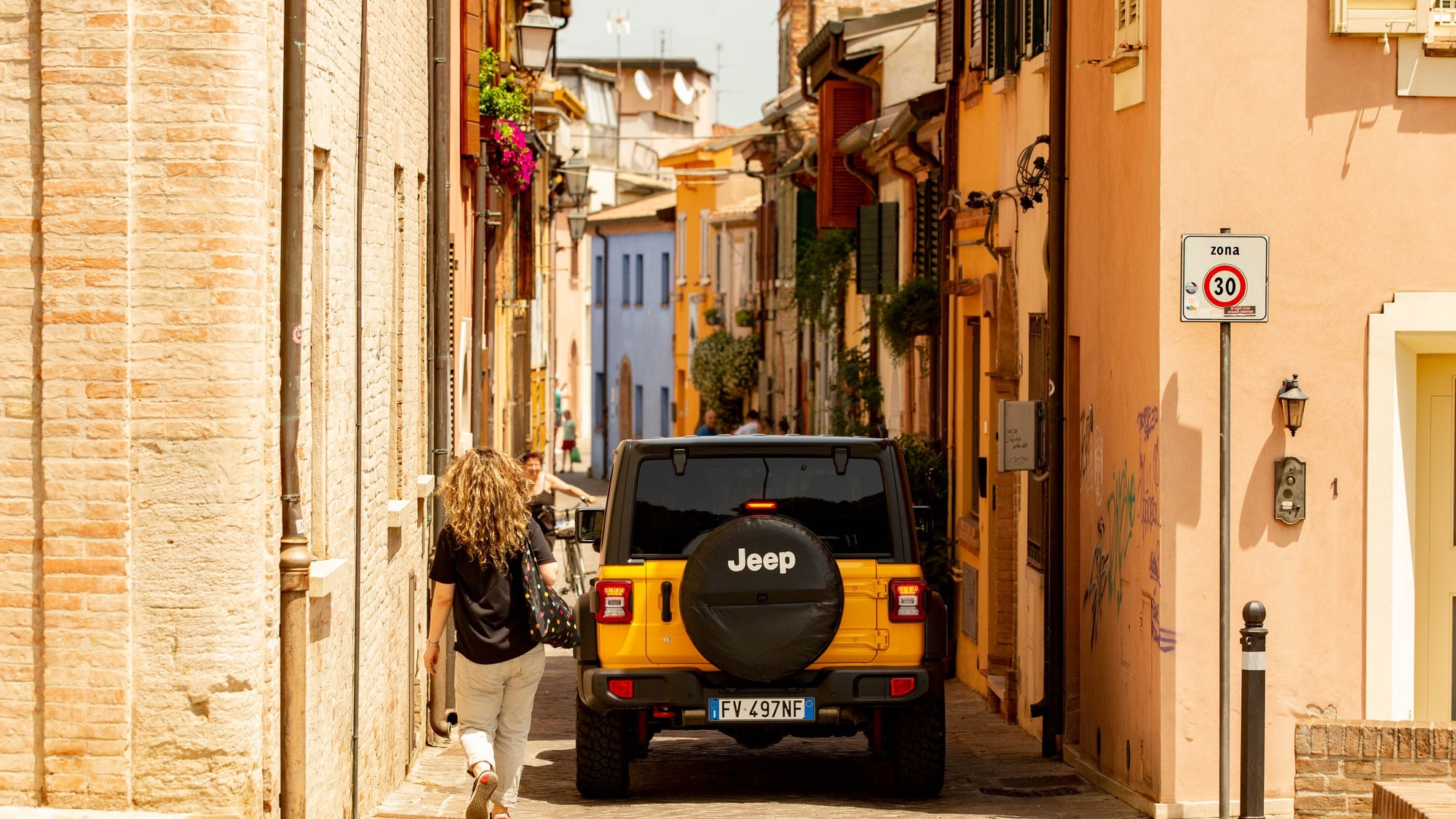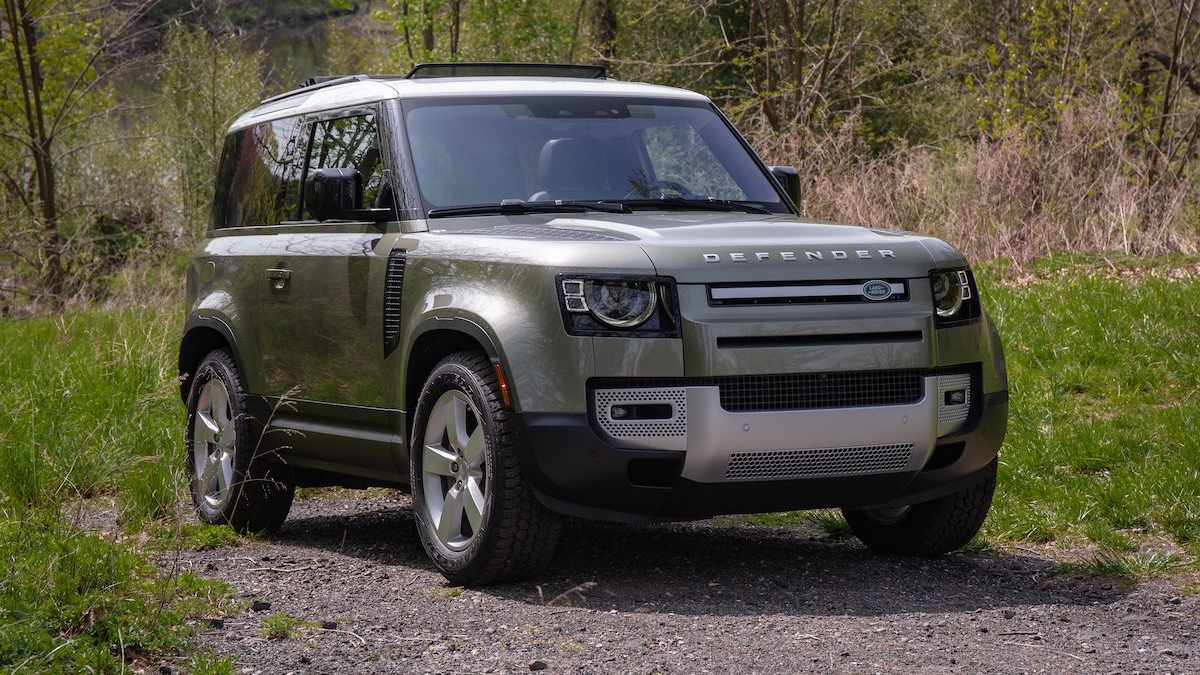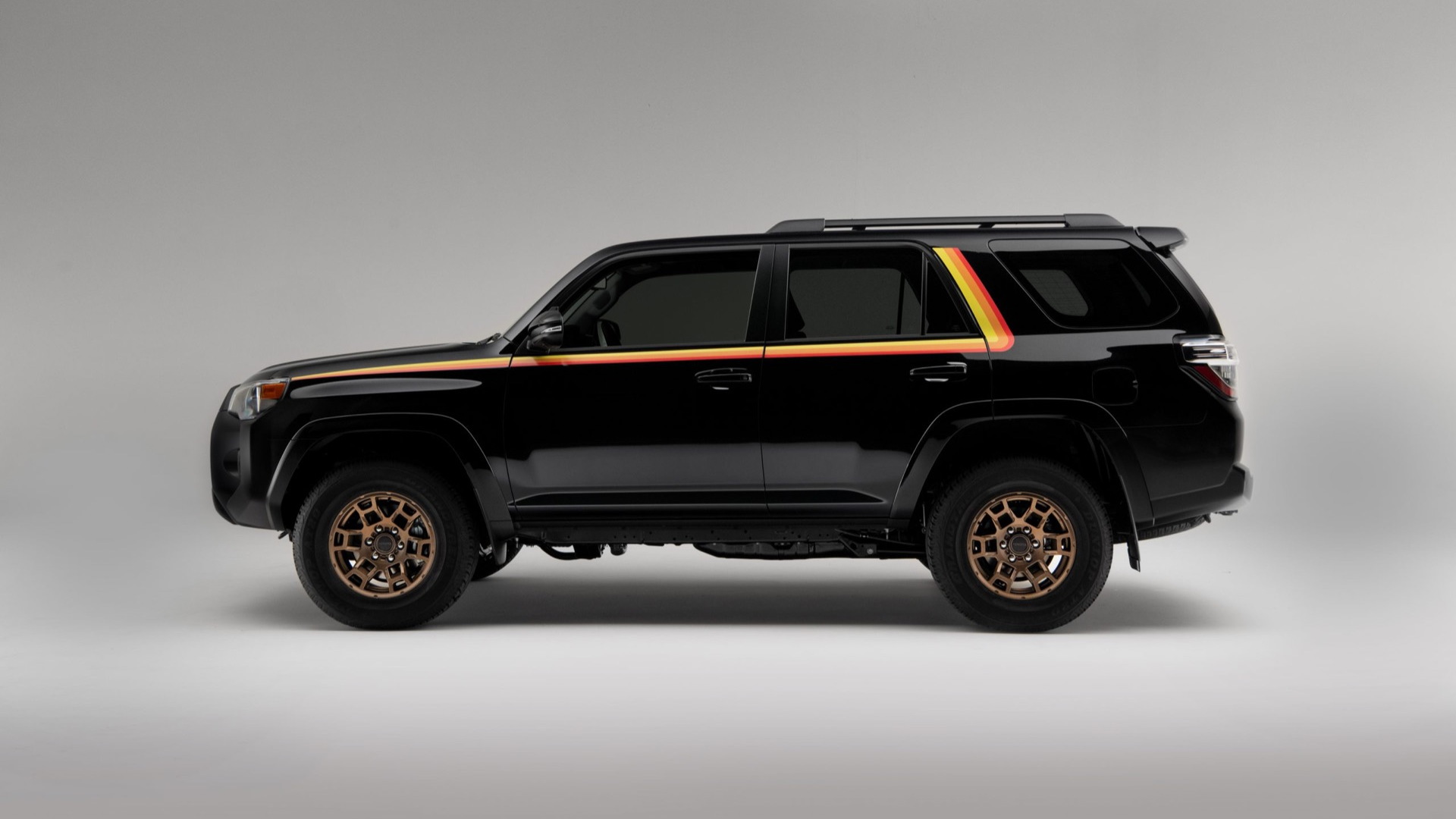The afternoon sun drenches Ravenna in sepia and yellow as moist air wafts in from the nearby Adriatic.
It’s easy to imagine emperor-to-be Julius Caesar’s early evening in January 49 B.C. in Ravenna, even today. Millennium-old piazzas and ancient theaters are just a few feet below today’s surfaces, where tourists wind through narrow, cobbled Italian streets near Dante Alighieri’s tomb, church, and theater. In his time, Caesar would have looked north to Ravenna’s marina on the Adriatic, an important trading post and military harbor for hundreds of years after his death. To the west, Caesar would have seen the Roman baths that later served as the site for the Neonian Baptistry constructed in the 5th century that still stands, ornately decorated inside with stunning mosaics. Further to the west, Rome and his destiny.
Ravenna is frozen in its history like much of the Italian Adriatic coast. Small-town squares are separated by a handful of miles, but their mentalities can be worlds apart. Most of the small towns and villages along the coast brim with old world everything—they pile on it, stacking centuries of history on each other and compressing it into fossilized memories of man. Iron gates and rusty chains confidently hang on weathered stones and concrete along narrow paths that wind through each town. These serpentine alleys lead to piazzas where people bustle and soak in fresh sea air and daylight.
Rimini, Italy (Crossing the Rubicone)
That night in 49 B.C., Caesar surveyed his gladiatorial school before hosting a banquet in Ravenna. The smells of food plucked from the sea, fired, and passed around hangs in the humid air in Ravenna today, likely just as it did more than 2,000 years ago.
That night, Caesar stole away from Ravenna in then-Cisalpine Gaul to meet his 13th Legion on the banks of the Rubicon River in biting cold. From there, Caesar marched into Rimini, was greeted as an emperor, addressed his armies amassed in the town’s center near the bridge later built in his honor, then made his fateful advance all the way into Rome.
His trek—immortalized in the monuments, columns, and streets near Ravenna and Rimini—is figuratively and literally cemented into the collective memories of everyone and every brick here. At every turn, history. The locals have a relationship with their rich history, and it’s a complicated union. Artifacts can derail new sewer lines for weeks, a surveyor in Forli told me. Progress and building can be slow. Yet, it’s Caesar’s march on the Rubicon that brought me here, posthaste.
What the Rubicon means to diehards in the States, it means more to Italy. The Rubicone is their Washington crossing the Delaware; the point of no return, where destiny leads its supreme commander across the river to march into Roman epoch.
Unlike the Delaware, the Rubicone river is harder to find. It appears on maps, but its history is nebulous like its source.
Historians generally agree that there is a Rubicone. What they don’t agree on is which river is the Rubicone.
There are three candidates for the legendary river—the Rubicone, the Uso, and the Pisciatello—each with a claim on history.
My story for Jeep’s Rubicon starts here, 2,000 years after Caesar. I want to find the one he did, so I’m going to drive across Italy, through riverbeds and dusty farms, into town centers and across centuries-old roads, to cross every Rubicon I can find. Until I find the real one.

Car wash in Italy (Crossing the Rubicone)
The road to Rubicone
Jeep is no stranger to Italy. Renegades dot the narrow streets of FCA’s home in Turin like modern-day Fiat Cinquecentos in some places. Jeep’s mini off-roader is built in Melfi, more than 500 miles away, along the same highways I must take to Ravenna.
The Wrangler Rubicon is no Renegade. In Italy, a Wrangler Rubicon costs three times more than a Renegade and it’s at least 30 times less common. The Wrangler is a colossus on narrow Italian city roads, squeezing into neighborhood streets with less grace than a cinder block tucking into a mail slot.
As I pick up my Wrangler Rubicon in Turin, it’s Italian in more ways than just its license plates. The bright red four-door is coated with thin country dust on the inside, its previous parking spot likely was a field in the hills outside Turin—roof and doors off. Perfetto.
Under its hood is a Euro-spec 2.2-liter 4-cylinder turbodiesel good for farm equipment. At more than $7 a gallon for fuel, converted from euros, the diesel’s charm is a lower running cost at the cost of refined locomotion. My wallet and I are fine with that.
As I set off from Turin, south and east toward Asti and Alessandria, the crusty 2.2-liter diesel can’t hide its hard life after just 11,000 km on the clock. It bucks and shudders as I stamp it into duty on the autostrada. It’s clearly not at ease at any lope, quitting the team before limping into Tortona with little life and less speed. Caesar may have hoofed it to the Rubicone from Ravenna, but with 300 miles to go for me, I can’t go on foot. It’s 80 degrees outside with high humidity that clings to my body like a summer hangover in Florida’s Panhandle.
Jeep offers to find a replacement in Turin, with no guarantee that a Rubicon can be found in Italy, but I’ll have to wait two days through the weekend. That effectively halves my timeline.

2019 Jeep Wrangler Rubicon (Crossing the Rubicone)
Plucked from the company’s test facility in Balocco, about an hour from Turin, a replacement Wrangler Rubicon arrives like a champion—festooned in yellow, no less—with a turbo-4 gas engine that’s more familiar to us in the States but far more expensive. Gas in Italy is about $7.50 a gallon, too. It’s the high-powered, 95-octane stuff that’s basically budget race gas, but at $130 a fill-up it doesn’t feel budget to me. And the brick-in-the-wind Wrangler Rubicon won’t race anyone.
Despite the stand-in Jeep’s close, one-hour proximity to Turin, its journey to me takes seven hours—a surprise to its handler, Jeep PR staff, and me, but hardly a surprise to the locals.
“It’s Italy. When they say 30 minutes, they mean 2 hours,” the Turin hotel’s concierge tells me. Noted.
At 5 p.m., I set off in the yellow Wrangler Rubicon with a photographer and compressed itinerary to drive more than 350 miles to Forli—again—our base camp for the rest of the week. It’s at least a five-hour drive to Forli, and another 30 minutes to the Rubicone crossing we penciled in for the afternoon. Sundown mercifully begins around 9 p.m., but to preserve any kind of daylight, we need to hotfoot it to Forli and beyond.
The autostrada’s chaos is organized. Near Modena, freshly stamped Ferraris find the left lane in a hurry and find my back bumper even faster. Until now, I’d evaded honks and oh-so-Italian wrist shakes with pursed fingers—ma che vuoi!—but inevitability catches up with me at 130 kph, the autostrada’s speed limit. The Jeep Wrangler Rubicon’s solid front axle doesn’t care for speeds much faster either, it’s where the steering flips from confidently vague to casually suggestive.
We make it to Forli shortly after 9 p.m., when the sun has pushed behind the Emilia-Romagna hills but we hightail it to the river anyway.
The Rubicone river (Crossing the Rubicone)
Rubicone
I didn’t know I arrived at the river until I turned off the Wrangler.
A road follows the Rubicone mostly from the fork with the Pisciatello nearly to its source, 13 miles away in Sogliano al Rubicone, and we’ve chosen a crossing further inland than Caesar may have ventured in his late night escape due to its seclusion and proximity.
The moon peeks through the hazy night and proud-standing cypress trees that reach up from the farms and orchards. The road that follows Rubicone is dotted with olive trees and pale green farmland. Fireflies dance beneath the underbrush, between copses of trees that break up the rolling hills.
The Rubicone river here is no wider than 15 feet, in places the bubbling stream is small enough for me to jump across, and I’m not Carl Lewis.
In 1933, Benito Mussolini renamed the Fiumicino river to the Rubicone, reportedly to gain favor from a local governor. Mussolini’s claim was later backed in 1991 when Italian scholars, who studied Roman maps made after Caesar’s death—the Tabula Peutingeriana—claimed that the river’s topography, proximity to Ravenna, and likely route confirmed the Rubicone’s place in history. In the millennium after Caesar’s march, the Fiumicino was rerouted several times to mitigate flooding, muddying the river’s original size and route—soiling the deeply brown river, too.
The Rubicone is low and well-hidden, only revealing itself in the dark on nights like tonight when hearing it is easier than seeing it.
We stop at a narrow crossing, near a confab of fireflies, and sneak on to its banks—back into history. The countryside here, far outside the nearby town of Savignano sul Rubicone, is agrarian and sparsely populated. Along the road that runs beside the Rubicone, only a small handful of houses are accessible by dirt roads, sometimes by two-tracks that dead-end near the banks.
The Tabula clearly labels Ravenna and a road leading to the “Rubico,” without many distinguishing features between. The map itself is 13th century reproduction of a 4th century interpretation of a map made by Agrippa for Augustus, the great-nephew of Caesar. It’s a historical game of telephone with no clear beginning. Although the Tabula’s origins trace back to long after Caesar’s time, the map, which is now in Vienna, is considered to be authentic due to its accurate depiction of the Roman empire.
It’s hard to argue the Rubicone’s claim to history tonight. We’re tired and weary from the road, eager to explore the origin story domani.

2019 Jeep Wrangler Rubicon in Piazza Giuseppe Garibaldi in Ravenna (Crossing the Rubicone)
Ravenna
Dante Alighieri arrived in Ravenna close to 1318, where the poet wrote the third and final act of the “Divine Comedy” called “Paradiso,” his ascension into heaven. I’m on gelato No. 3 for the trip, so, same.
Ravenna is the place where Dante died in 1321, his body entombed for eternity next to a church, theater, and piazza where beatific tourists soak in the morning sun between heavenly sips of espresso. Ravenna is idyllic in the ways you’d expect a near-coastal Italian town would be—gelaterias are packed, colorful umbrellas hang in the side streets for shade and Instagram photos, and street art peeks through at the corners of modernity and history.
Near Dante’s tomb, Piazza Giuseppe Garibaldi is full of cars and the yellow Wrangler conspicuously nestles between the small gray and white hatchbacks like an Atlas V rocket.
Via Dante Alighieri in Ravenna, Italy (Crossinng the Rubicone)
Via Dante Alighieri in Ravenna, Italy (Crossinng the Rubicone)
Via Dante Alighieri in Ravenna, Italy (Crossinng the Rubicone)
Ravenna, the capital of the Western Roman Empire until the 5th century, is where my chase for Caesar’s story starts. The city preserves well its Roman history and Dante’s legacy at every site. It’s frozen in time, the Basilica of Saint Francis—the patron saint of Italy and everything else—towers over Via Dante Aligheiri and the Wrangler Rubicon we sneak into a dusty corner for guerilla photo ops.
Out from the bustling city, not far from the city’s center is Romea Sud, a two-lane road that tracks from Ravenna to the fork where the Pisciatello and Rubicone split. On both sides of the road, thin ditches quench the small plots of land. The mental image of Caesar galloping down something like Romea Sud is easy to create, the open-air relics that dot the road could’ve easily been the gladiatorial school he visited early that day.

2019 Jeep Wrangler Rubicon (Crossing the Rubicone)

2019 Jeep Wrangler Rubicon (Crossing the Rubicone)

2019 Jeep Wrangler Rubicon (Crossing the Rubicone)
Pisciatello
San Mauro Al Mare is a modern oasis along the eastern coast of Italy. It’s a resort town like Panama City Beach, Florida. There are places to buy T-shirts that tell you where you are, beach drinks, soft sand, and tanned families deep into vacation season. It’s the place to dip your toes into the warm Adriatic—not necessarily dive into history.
Outside the blue beach chairs, past the small bridge named after Caesar with his bust, near a training facility for the Italian soccer team in Gatteo e Mare, the Rubicone splits in half. The Rubicone breaks southwest and the Pisciatello river runs northwest toward Cesena, a city with 100,000 people, excellent wines, and Olympic-level cycling.
The Pisciatello’s claim as the Rubicone is more dubious than the others. A 15th century farmer reportedly placed a bogus plaque on a bridge over the Pisciatello affirming the Roman senate’s “sanctio”—anyone caught crossing the bridge with a sword would be considered an enemy of Rome. Most consider that plaque and the bridge it was affixed on to be largely out of place for Caesar’s time, but local traditions and such. (See: Ball of twine, Kansas.)
2019 Jeep Wrangler Rubicon at the Rubicone and Pisciatello rivers (Crossing the Rubicone)
Still, the local name for the Pisciatello is “Urgon,” close to “Rubicon” when pronounced like a local, and many in Cesena hold firm that Caesar crossed the Pisciatello—not the Rubicone—on his way to nearby Rimini.
Via Pisciatello follows the river for longer than the river seems to flow. On a hot day in June, the Pisciatello is a dusty riverbed, sans river. The Jeep sturdily climbs the shallow banks around the river without much effort, the gentle banks and leveled fields are hardly any match for the Jeep, and there is precious little mud to wash off at the end of the day.
Although the Pisciatello appears to have the weakest claim to Caesar’s fateful night, the mouth that it shares with the Rubicone is undeniable and the Pisciatello is closer still to Ravenna. Time has likely reshaped the river into what it is now—the Pisciatello even runs near an outlet mall with an America-sized superstore that could make a Walmart look like a bodega.
Rimini, Italy (Crossing the Rubicone)
Rimini, Italy (Crossing the Rubicone)
Rimini, Italy (Crossing the Rubicone)
Rimini
Cristina Ravara is a doctor of archeology in Rimini, who’s spent the last 20 years teaching, digging, and discussing the region’s rich history. She’s approachable and friendly, the Italian equivalent of lovely in every way, her modo naturale puts me instantly at ease despite her vast knowledge.
She has the patience of a seasoned teacher, listens with her head turned toward one of her shoulders, and knows well the region’s history. Her prolific papers and books on Caesar and the Emilia-Romagna region made her a go-to resource for a 2013 mock trial to argue her position: The real Rubicone is the Uso river—further south than the Rubicone and Pisciatello, near Rimini where Caesar amassed his forces for the first time.
Cristina Ravara (Crossing the Rubicone)
I meet her in Piazza Tre Martiri, formally Piazza Giulio Cesare, the world’s largest open-air pizza oven on a sweltering afternoon where a statue of Caesar stands nearby.
She walks us over to a column in the piazza that marks the place where Caesar reportedly stood and uttered his famous phrase: Alea iacta est (The die is cast). The small pillar reads “C. Caesar Dict. Rubicone Superato Civil. Bell. Commilit. Suos Hic In Foro Arminensi, Adolocutus Est.” Roughly translated, “Gaius Caesar, dictator, crossed the Rubicon and spoke to his fellow soldiers in the Civil War in the Rimini forum here,” Cristina tells me.
Rimini, Italy (Crossing the Rubicone)
Not far from the column, near the bronze statue of Caesar, the piazza has a small 10-by-20-foot hole that exposes the original Roman street Caesar would have marched on, toward the river. A Roman bridge that stands there today, more than 2,000 years after its construction by Augustus and Tiberius.
Cristina’s work in Rimini is extensive, her English and my Italian meet somewhere in the middle thanks to some translation help, hand gestures, and her passion for history. For more than 30 minutes she walks me through the streets and the history of Piazza Tre Martiri, renamed after World War II when three boys were hanged in the town by Nazis in 1944 for sabotaging farm equipment used to ship grain from Italy to Germany.
Cristina walks us through Rimini, a picturesque old-world city on one side of the Tiberius Bridge and vibrant, pastel-colored neighborhoods on the other.
Rimini, Italy (Crossing the Rubicone)
The span of the Arch of Augustus, on the end of Piazza Tre Martiri opposite of the Tiberius bridge, was the template used to measure the width of Roman roads for hundreds of years, she says.
Cristina agrees to take me to the Uso in the vehicle I’ve brought.
“A very suitable vehicle!” she says.
As we approach the bright yellow 2019 Jeep Wrangler Rubicon, she says she’s already spotted the vehicle earlier in the day. It’s noticeable on the narrow streets, even among 150,000 other people who live in Rimini.
She’s eager to know why I’m interested in the story of Caesar crossing the Rubicon. My answer’s mangled like tomorrow’s chicken rollatini at Olive Garden.
I tell her that in the U.S., Rubicon doesn’t mean the same thing but it’s roughly the same attitude. Not everyone knows Caesar’s story, I say, but Rubicon in the States means something akin to “There’s no going back the way we came. The trail goes one way, and it’s toward adventure.”
In her classroom materials, she has a picture of the Rubicon Trail badge, but she admits she didn’t fully understand what it means. I tell her about the trail in California, the rigors of days-long trail riding and camping, the rough-and-ready attitude that the Wrangler Rubicon projects—in the best Italian I can manage.

2019 Jeep Wrangler Rubicon in Rimini (Crossing the Rubicone)
Uso
Cristina tells me we’re meeting her friend near a parking lot in San Vito about 15 minutes away from Rimini. This was a new development.
Although we’ve talked before and have met in person with a photographer for roughly 45 minutes up to this point, I’m wondering if something’s lost in translation on my end—come si dice, “stranger danger.”
I don’t feel threatened by the affable and smart woman, but I don’t know if she feels threatened by me. I’m an oaf. Our plan was to ride together to the river, but I wanted to make clear to her in my broken Italian: “You don’t have to come with us if you don’t want to. I’ve never kidnapped a professor in the U.S.”
Her friend is waiting for us. I’ve programmed the navigation for our agreed destination, which she promptly disregards.
“We’re not going there,” she says.
(Aside: Driving on the streets in Italy in an SUV three times the size of anything else with an Italian navigator speaking a language I don’t fully understand is my kind of fun.)
Winding through the surface streets, avoiding the autostrada, and arriving in San Vito, we meet Alessandro Di Leva, a 30-something best friend I haven’t yet met, all-around nice guy, and partial English speaker. He’s president of Legio VI Ferrata, an association of history buffs—civil war reenactors, just not that Civil War.
Alessandro knows the route Caesar may have taken to the Uso because he hiked it. In period dress, he walked—brutal Roman shoes and all—for three days.
Three days to where, exactly? I wonder.
Giuseppe Mazzotti (Crossing the Rubicone)
Alessandro Di Leva (Crossing the Rubicone)

2019 Jeep Wrangler Rubicon at the Uso river (Crossing the Rubicone)
We leave the parking lot and drive through exurbs and thin neighborhoods on Via San Vito to Chiesa Dei Santi Vito E Modesto, a yellow and white church nestled in a grove of trees and a nearby park. We meet Giuseppe Mazzotti, a smiling older man who lives on the church property and speaks exactly zero English as he greets the yellow Wrangler Rubicon, but his smile transcends any language barrier.
Cristina says something about having the right car, and Giuseppe points us in the direction of a small house. Turn left into the cut grass, he motions, along the narrow ridge of trees in the soft ground and follow the tree line down.
Down where? I wonder more.
Just keep going.
A brief glance back to the photographer and our eyes say together: If this is where we end, at least it’s in Italy.
The soccer field to the left is hidden, and the road nearby, Via Vecchia Emilia, melted behind the trees long before we hung a left into Giuseppe’s backyard to drive back in time.

2019 Jeep Wrangler Rubicon at the Uso river (Crossing the Rubicone)
As the trees break to the right, the view to the left is a show-stopper. A single tree and a fence stand ahead of a single arch roughly 25 feet tall and 30 yards long. The arch remains from an original Roman bridge over the Uso, and I’m standing at the base of it. The bridge was restored some time in the Middle Ages, Cristina says, and may have included five or more arches that span far beyond the grassland that it stands on today.
What’s left is a brick and concrete testament to history, its nickname is pontaccio, which loosely means “old, crumbling bridge.”
Lectures at Uso River, photos courtesy Alessandro Di Leva (Crossing the Rubicone)
Cristina says her research has pointed to the Uso as the real Rubicone. It’s the only river big enough to flow into the Adriatic on its own, it jibes with her interpretation of the Tabula, and it has the proximity to Rimini that makes sense. She’s the doctor, after all.
Alessandro tells me that the river, its bridge, its history, and Caesar’s story means more than I could understand.
“This crossing has changed the course of history,” he says. Knowing history is fundamental to personal growth, Alessandro tells me. There’s no knowing where you’re going without knowing where you’ve been. Alessandro presses that he doesn’t only enjoy teaching others about the history, it’s his duty to younger generations.

2019 Jeep Wrangler Rubicon in Rimini (Crossing the Rubicone)
Alessandro and Cristina hold lectures at the foot of the bridge for hundreds whenever they can, where Alessandro and others appear in Roman costume. They’re eager to tell anyone around why they consider the Uso to not only be the real Rubicone, but also a moment worth understanding. Caesar’s crossing wasn’t just the point of no return, it was also the moment Suetonius codified a timeless sentiment; history is made but can’t be changed.
As Giuseppe, Cristina, Alessandro, and my photographer sip waters and coffee in the café at the church, I walk back to the bridge to consider my journey.
From Turin and back, to Forli and Ravenna, Rimini, Rubicone, and Cesena, I hardly felt like I settled once-and-for-all the debate on the real Rubicone. Cristina has the experience and expertise to answer that.
For me, the journey to find the real Rubicone ended here—perhaps where Caesar’s war began.
My journey to the Rubicone—whichever one it was—is my point of no return. History dripped from every turn, piazza, and hill we found. If this is my march toward inevitability, it’s been my pleasure to be a part of the journey.
Photography by Kellie Cushing/For Internet Brands Automotive
(Author's note: Dedicated to Davey, who inspired me and others to tell stories. You're missed, but not forgotten.–AC)
Follow along with us as we explore what Jeep means and how an icon changed the world.
